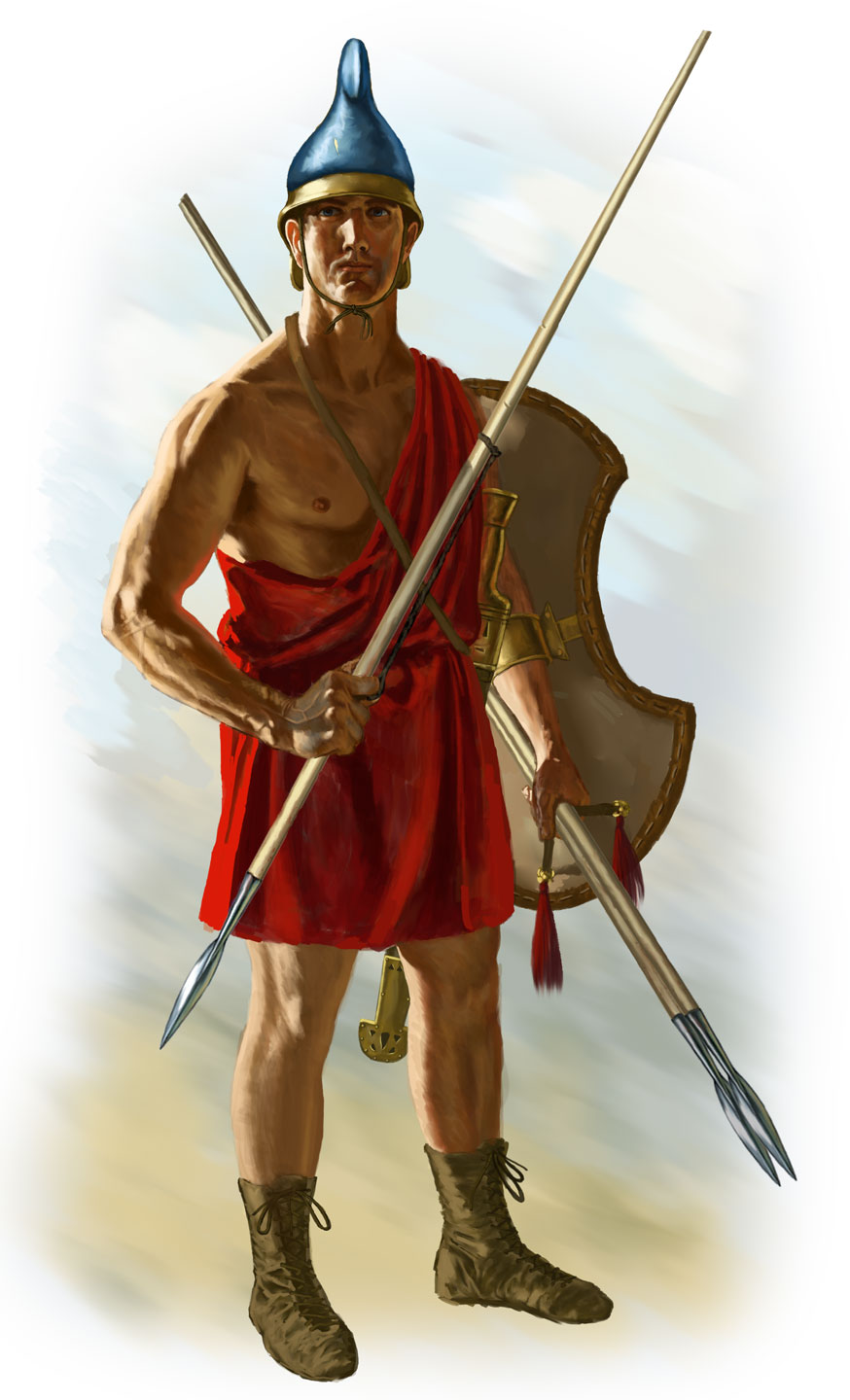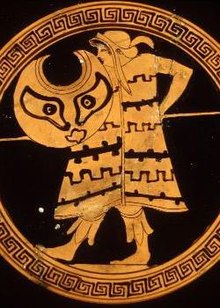Alexander’s Commandos – The Agrianians
Just as modern armies rely on elite commando units to accomplish critical tasks and to go where large, conventional formations cannot, so did the army of Alexander the Great. Much like such fabled units as Roger’s Rangers, the Special Air Service, the Green Berets, and other elite commando units, the Agrianians of Alexander the Great went where the phalanx could not go and did what his Companion Cavalry could not. Elite light infantry, the Agrianians were the Delta Force of their day.
Not all of Alexander the Great’s infantry carried the pike or fought in a phalanx – or even in a ordered formation. The Agrianians, for example, relied on the javelin, the sling and the short sword. They wore no armor other than an open-faced helmet. They did carry a light shield, and were garbed in a short tunic that came down to the mid-thigh. The Agrianians were fast, hit-and-run troops who went ahead of the main army, and were expert at scouting and clearing the kind of rough terrain that dense formations of pikemen and cavalry could not penetrate let alone fight in.

In Greek military terminology of the time they would be best referred to as πελταστής (peltastes ). They were the period equivalent of Napoleonic-era skirmishers , and were the premier professional light infantry of their day. Alexander’s father, Philip, recruited them from the wild mountain tribes of Paeonia, a region of fluid borders that lay roughly between modern-day Kosovo, southwestern Bulgaria and the municipalities of north central Greece.

The Agrianians were at their best in rough country, as they proved over and over again during Alexander’s campaign in what is now Afghanistan. They scaled cliffs, scouted out mountain paths to outflank the forces that tried to block the army’s advance through passes, and did yeomen service in uncovering ambushes and keeping raiding parties at arm’s length.
On the battlefield, they were often brigaded with the Companion Cavalry. At Gaugemala in 331 BC they ran alongside Alexander and the Royal Companion Cavalry as he raced to his right to make the Persians think he was trying to outflank them. The Persians stretched out their line to match this maneuver, but with his far better trained Agrianians and Companions, Alexander suddenly wheeled to the left to drive a wedge into the weakened Persian formation. The Agrianians protected his flank as he did so. Their ability to support this cavalry charge with missile fire from sling and javelin, and to then dash in with sword in hand where the cavalry had broken through was a critical factor in that, the biggest battle and greatest victory won by Alexander the Great.

Comments (5)